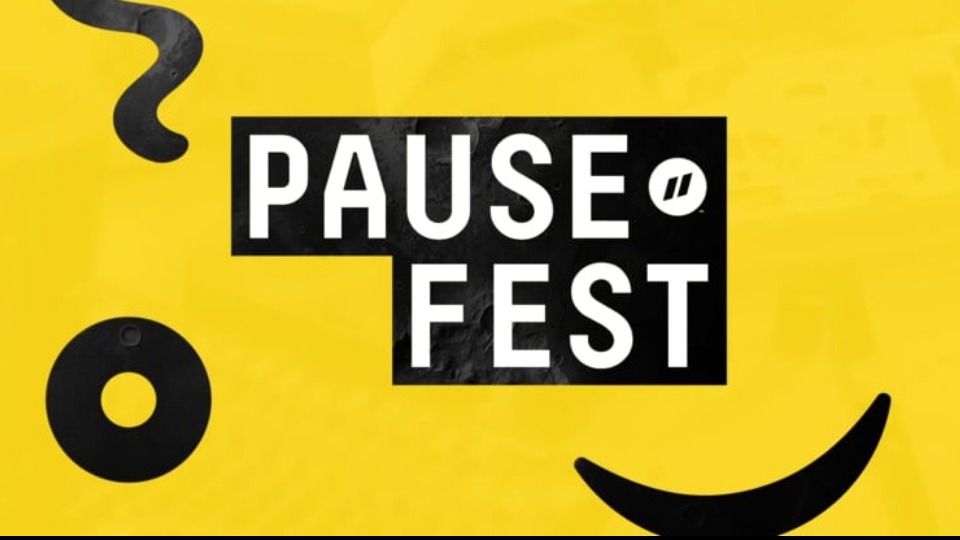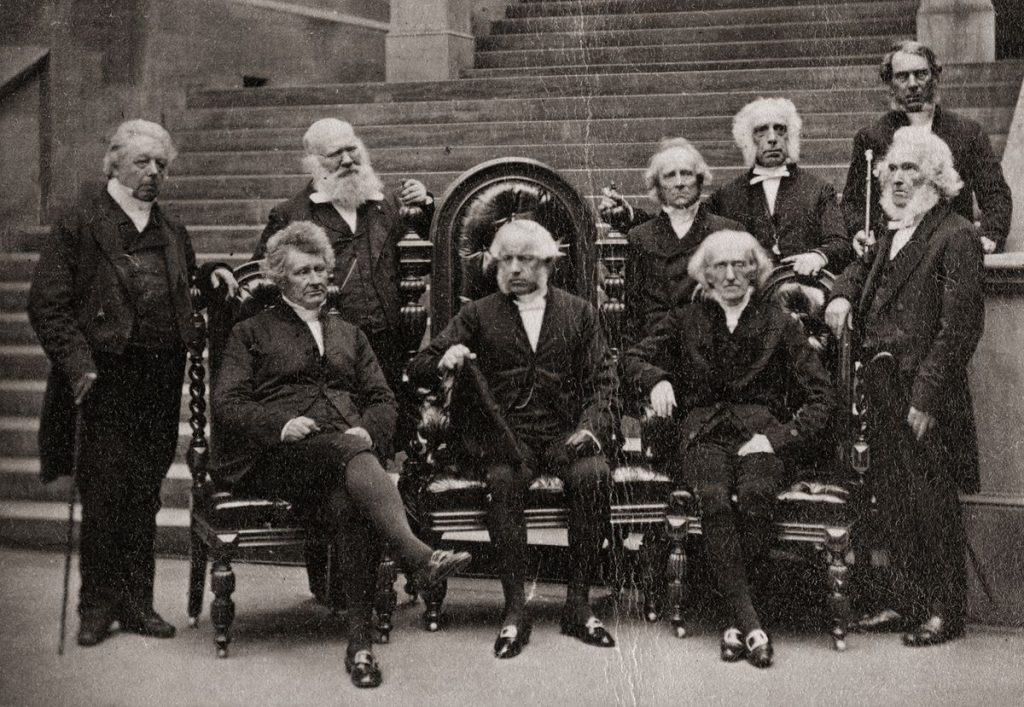FAST FORWARD
Pause Fest is a self-sufficient, industry-driven movement with a purpose to bring different intelligence collectively to fuel the next generation advancing. It is known as a graphic design conference in Melbourne aimed at techies and anyone interested in the creative fields.
They spent nine years engineering the community of champions to secure the worldwide stage for them. They’ve been labelled as ‘Innovation Capital’, ‘Oktoberfest for business’ and ‘Woodstock for digital natives’.
DESIGNED FOR PROGRESS
Pause Fest was built on a collection of values that have stood firm for a decade, but their programming evolves every year as they keep up with the industry’s trends and ambitions. They’ve created a culture for the brightest of creators and innovators to collaborate and share their projects, knowledge, passions and insights – openly, freely and generously for the benefit of the whole community.
Every experience you have is the oil paint in which to create your masterpiece, on the blank canvas that is life. They believe that creativity was, is and will be the future of any business; because creativity is innovation, connecting different experiences into a brand new one. They firmly believe that everybody is creative – it’s a skill that can be learned. Pause Fest provides an environment in which you’ll find out how to be more innovative and then apply those learnings to your everyday business, regardless of the industry in which you’re working.
You need to pause to learn, network and grow.
CELEBRATING 10 YEARS OF AUSTRALIAN INNOVATION
Ten years ago, Pause Fest launched as a tiny creative event in Melbourne. Today, they’re the world’s leading festival for business and creativity.
Over this time, they’ve received various global awards, including the highly regarded RedDot Design Award for their interactive magazine and Motion Response initiative that praises collaboration, and forces the creativity to the very edge.
They’re also proud that their passion for driving progress within the industry has inspired the launch of a handful of international festivals. They were invited to Croatia and Abu Dhabi to curate some of their events and have thrown national social meetups also as executive retreats. And last year they engaged with the regional Victoria centres. Canva, Zero Latency, AKQA, For the People, Girls in Tech Australia and plenty more have launched their businesses at Pause Fest. Tesla showcased its original Model S in there with them, and Dropbox introduced its Paper product to the Australian audiences.
They welcomed HyperloopTT to initiate conversations around quick transport connecting Sydney and Melbourne in 2017; they also helped to connect the G’Day USA with SXSW, where they’re now running the Australia House among other initiatives.
All in efforts to be the instigator for leaders and communities around Australia to think huge, engage, develop significant connections and conversations as well as inspire others.
Their next chapter will be about how they can build the capacity for the next generation of entrepreneurs to succeed and crack critical societal problems.
DIVERSITY, ACCESSIBILITY AND INCLUSION (DAI)
For them, DAI isn’t optional. It’s essential. Pause Fest is constructed on diversity. It’s been in their DNA since day dot, and they are proudly championing 50/50 speaker gender diversity. Their attendees reflect an equal ratio. When looking for speakers or attracting attendees, their stand is united. The Pause Fest society is a trustworthy and welcoming environment for anyone to interact. Their Code of Conduct applies to anyone attending their events.


